Species Photo Gallery for Homalodisca insolita Johnsongrass Sharpshooter 25 |
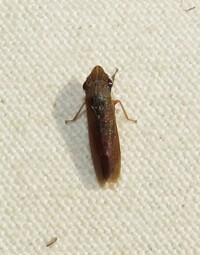 | Photo by: B. Bockhahn
Cabarrus Co.
Comment: |  | Photo by: Scott Bolick
Randolph Co.
Comment: |
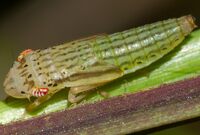 | Photo by: Scott Bolick
Randolph Co.
Comment: |  | Photo by: Mark Basinger
Sampson Co.
Comment: Edge of cropfield |
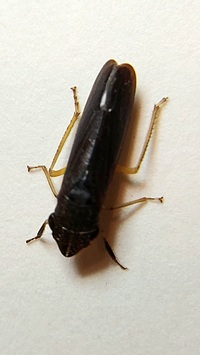 | Photo by: Mark Basinger
Sampson Co.
Comment: Edge of cropfield | 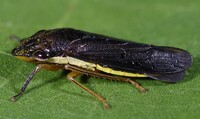 | Photo by: Rob Van Epps
Mecklenburg Co.
Comment: Caught sweeping along grassy edge of a pond. |
 | Photo by: John Petranka
Nash Co.
Comment: Sweep-netting along the Tar River. | 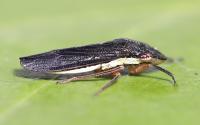 | Photo by: Rob Van Epps
Mecklenburg Co.
Comment: Caught sweeping in weedy field near woods. |
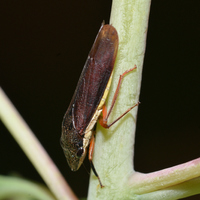 | Photo by: Margarita Lankford
Orange Co.
Comment: https://www.inaturalist.org/observations/47674263 | 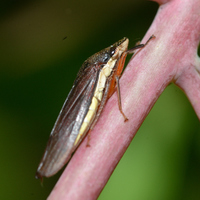 | Photo by: Margarita Lankford
Orange Co.
Comment: https://www.inaturalist.org/observations/47674263 |
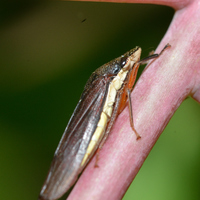 | Photo by: Margarita Lankford
Orange Co.
Comment: https://www.inaturalist.org/observations/47674263 | 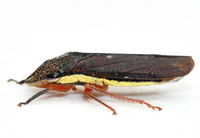 | Photo by: Kyle Kittelberger, Brian Bockhahn, Paul Scharf
Wake Co.
Comment: grassy, field-type habitat |
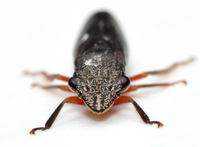 | Photo by: Kyle Kittelberger, Brian Bockhahn, Paul Scharf
Wake Co.
Comment: grassy, field-type habitat | 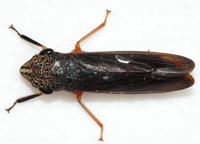 | Photo by: Kyle Kittelberger, Brian Bockhahn, Paul Scharf
Wake Co.
Comment: grassy, field-type habitat |
 | Photo by: Kyle Kittelberger, Brian Bockhahn, Paul Scharf
Wake Co.
Comment: grassy, field-type habitat | 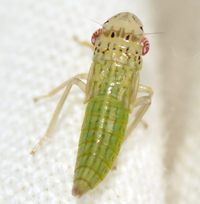 | Photo by: Kyle Kittelberger, Paul Scharf
Wake Co.
Comment: brushy habitat near mixed hardwood forest; adult and nymph |
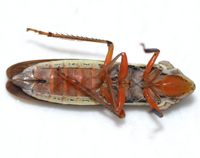 | Photo by: Kyle Kittelberger, Paul Scharf
Wake Co.
Comment: brushy habitat near mixed hardwood forest; adult and nymph | 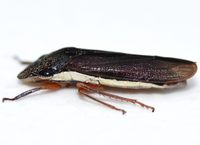 | Photo by: Kyle Kittelberger, Paul Scharf
Wake Co.
Comment: brushy habitat near mixed hardwood forest; adult and nymph |
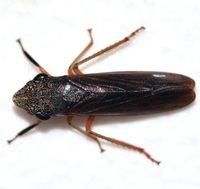 | Photo by: Kyle Kittelberger, Paul Scharf
Wake Co.
Comment: brushy habitat near mixed hardwood forest; adult and nymph | 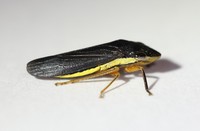 | Photo by: Rob Van Epps
Mecklenburg Co.
Comment: Weedy area near a few trees. |
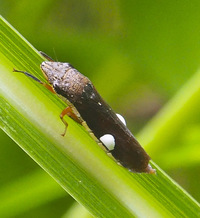 | Photo by: Randy L Emmitt
Orange Co.
Comment: The white bumps are a mystery to me? Or could it be another species not shown? | 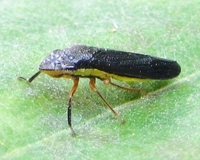 | Photo by: Ken Kneidel
Mecklenburg Co.
Comment: sweep through low vegetation |
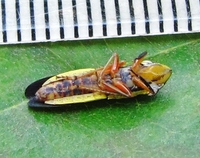 | Photo by: Ken Kneidel
Mecklenburg Co.
Comment: sweep through low vegetation |  | Photo by: Ken Kneidel
Mecklenburg Co.
Comment: sweep of a grassy area within forest |
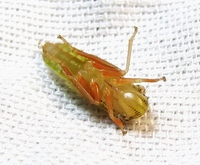 | Photo by: Ken Kneidel
Mecklenburg Co.
Comment: sweep of a grassy area within forest |

 »
»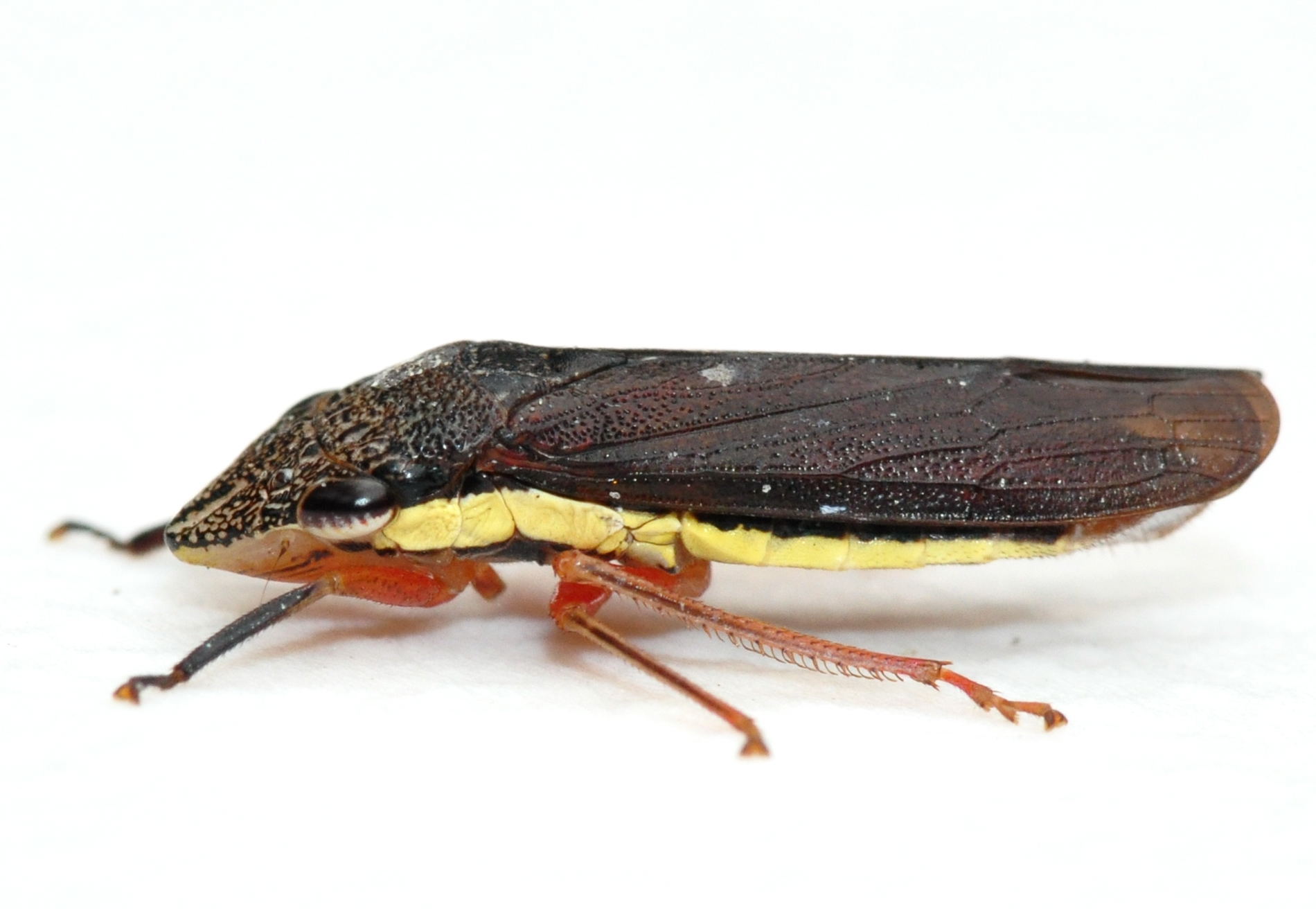
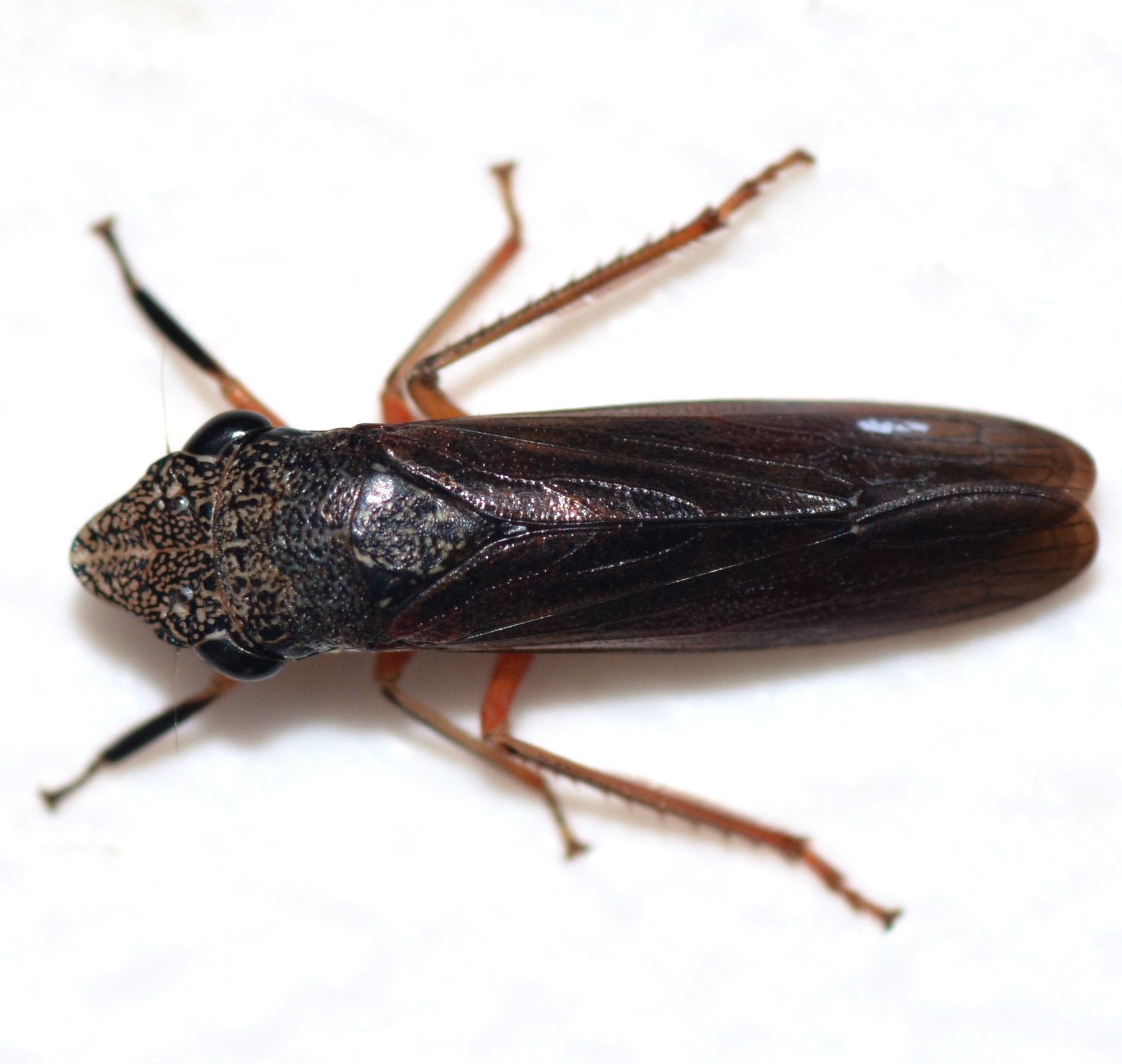
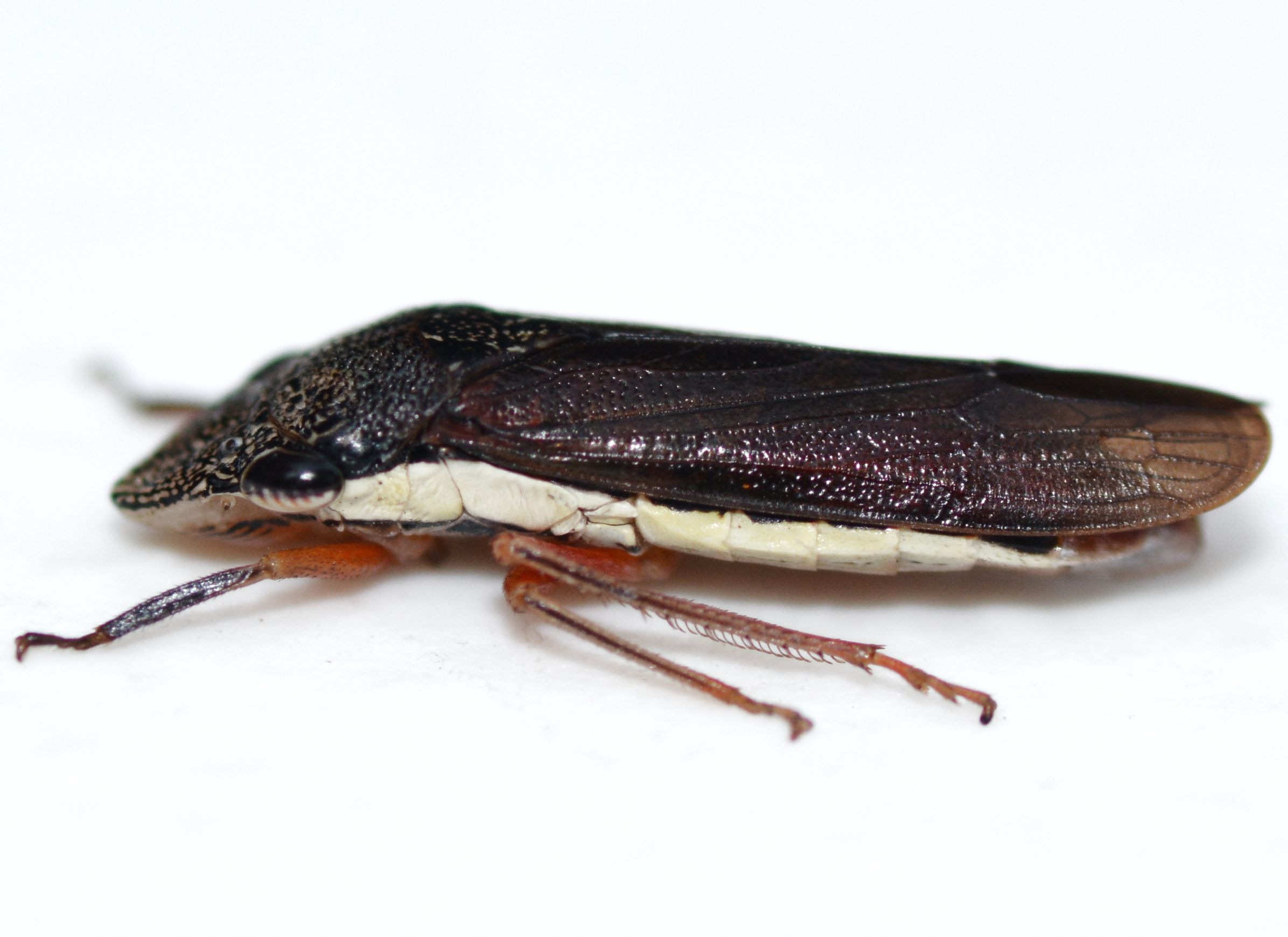
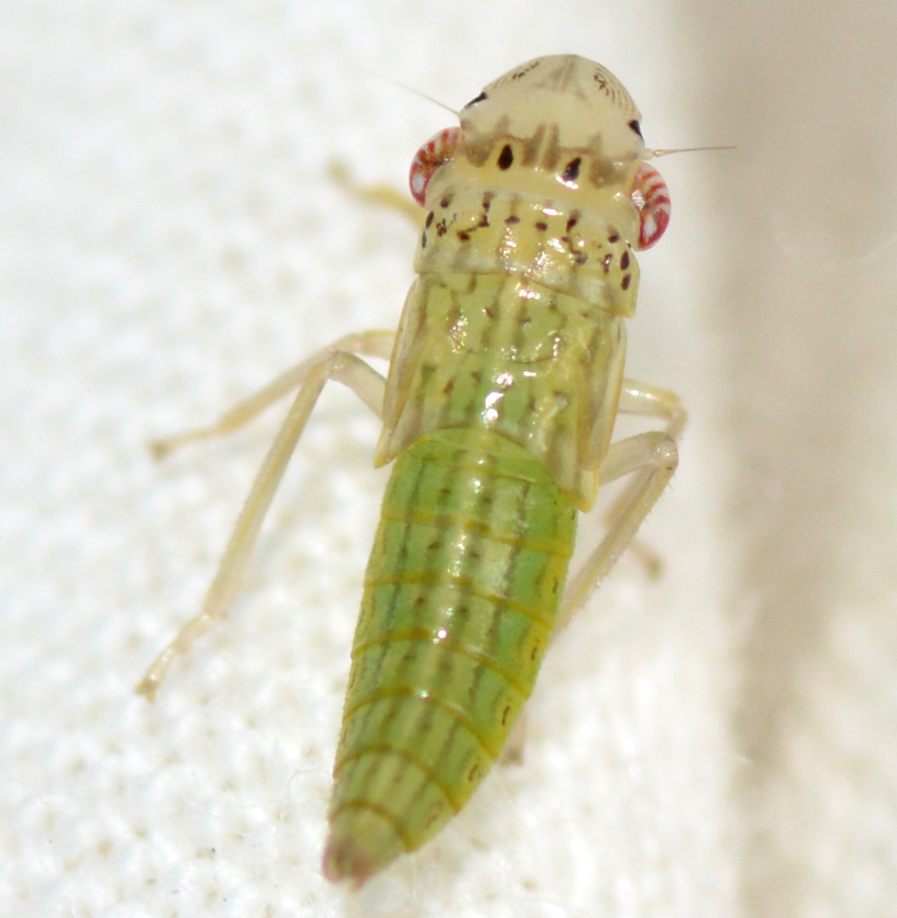

 »
»


